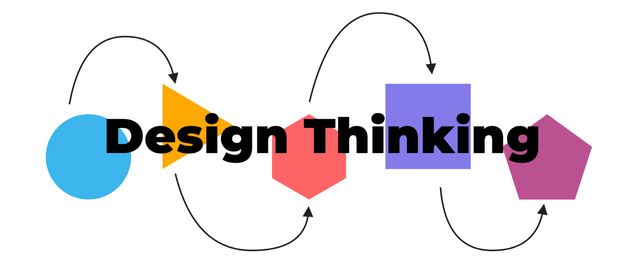
When companies set goals and strategies, they often stumble. Either they collect a lot of backwards-looking data which doesn't inform them what future customers and users want or they make perilous bets based on instinct instead of evidence or proof.
Design thinking is a master plan-making process that avoids these mistakes by applying tools from the world of design and extending the focus to human behaviour.
It was popularised and recognised in the world through David M. Kelly, Tim Brown of IDEO and Roger Martin of the Rotman School.
Design Thinking Has Three Major Stages:
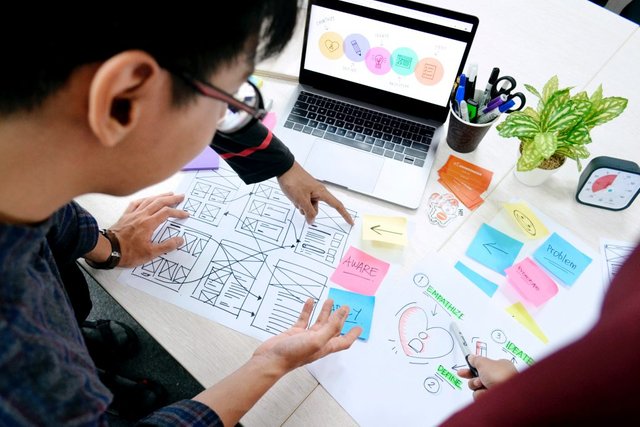
- Invent a future: form a few theories about what customers might need, but don't have by plunging yourself into their lives. Instead of just giving them samples about specific products or services, observe and ask questions about their behaviour
- Test your ideas out: use iterative prototyping with good enough products or services and conduct experiments to know how consumers respond. Regulate the product, the pricing, or the positioning accordingly.
- Bring the new product or service to life: when you've got a winner, identify the project activities, capabilities, funds, and resources your company will need to actually create, distribute and sell it.
Why Design Thinking?
Almost every advancing and idealistic company in the world uses some form of design thinking so it is important for you, as a designer, product manager or strategist to understand the nuts and bolts of design thinking.
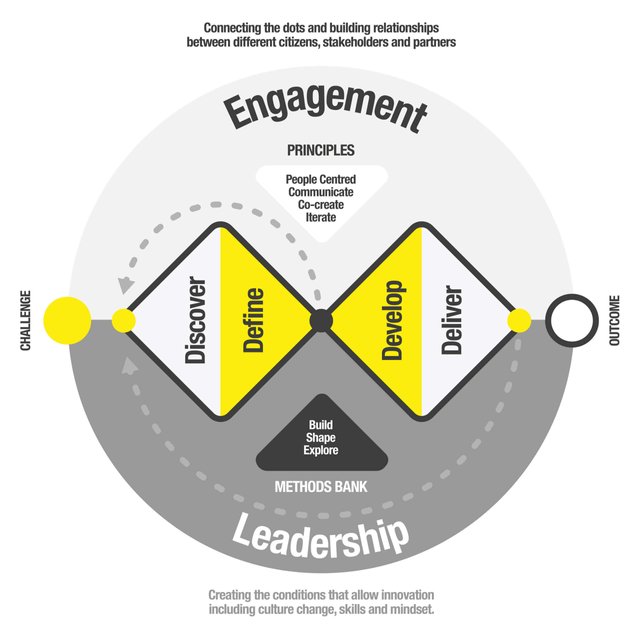
As far as creativity, development and marketing of products and services are concerned, design thinking has a vital role to play. When a company attempts in building a product or tries to solve a complicated problem you may use creative thinking to assist in approaching the problem and finding solutions. However, various processes can be used for problem-solving.
Design Thinking Processes
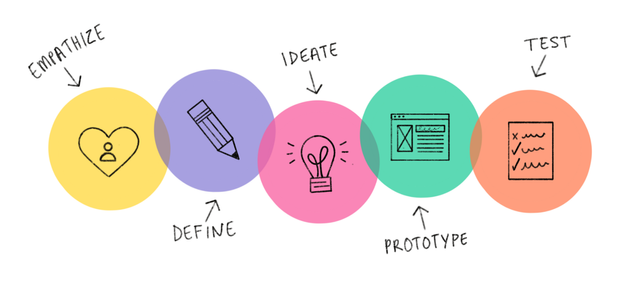
Empathise: This step is primarily just about understanding the market or users you’re trying to design the product or the service for. It involves the collection of data and information, organising user interviews, and creating user personas trying to figure out who am I creating this for? and what is their problem or challenges? it’s about empathising with the people/market/customer/users you’re designing for.
Define:This process is about defining and creating insights from the information gathered during the empathy stage and then coming to conclusion about what the users need, the problem and the challenges based on the interviews you organised.
Profitype: This stage is about breaking down to summary all information and ideas gathered during the last two stages into a select few that you think could be worth developing into something more realistic thereby turning them into simple testable prototypes.
Test: This stage is about testing your prototypes and ideas derived from the "define and prototype process" with real or actual people. These real people are selected based on your discovery in the empathise process. However, they are expected to provide input or feedback.
Principles Of Design Thinking:
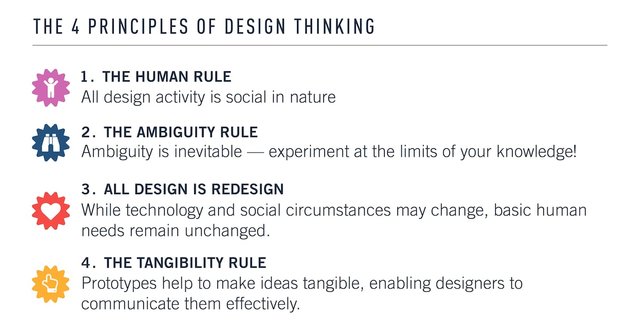
Final Words
Asides, innovative solutions and practical approaches, design thinking also helps to tackle the exact problems faced by the customer/market/users and also aims at the customer's exigency in the best optimum manner and performance.
Thank you for contributing to the #LearnWithSteem theme. This post has been upvoted by @maazmoid123 using the @steemcurator09 account. We encourage you to keep publishing quality and original content in the Steemit ecosystem to earn support for your content.
Regards,
Team #Sevengers
Downvoting a post can decrease pending rewards and make it less visible. Common reasons:
Submit
Downvoting a post can decrease pending rewards and make it less visible. Common reasons:
Submit